How Professionals Are Getting CPL in India and Converting It for Foreign Flying Jobs?
The aviation industry, not just in India but worldwide, attracts high incomes and a luxurious lifestyle. Youths and professionals in India today are p
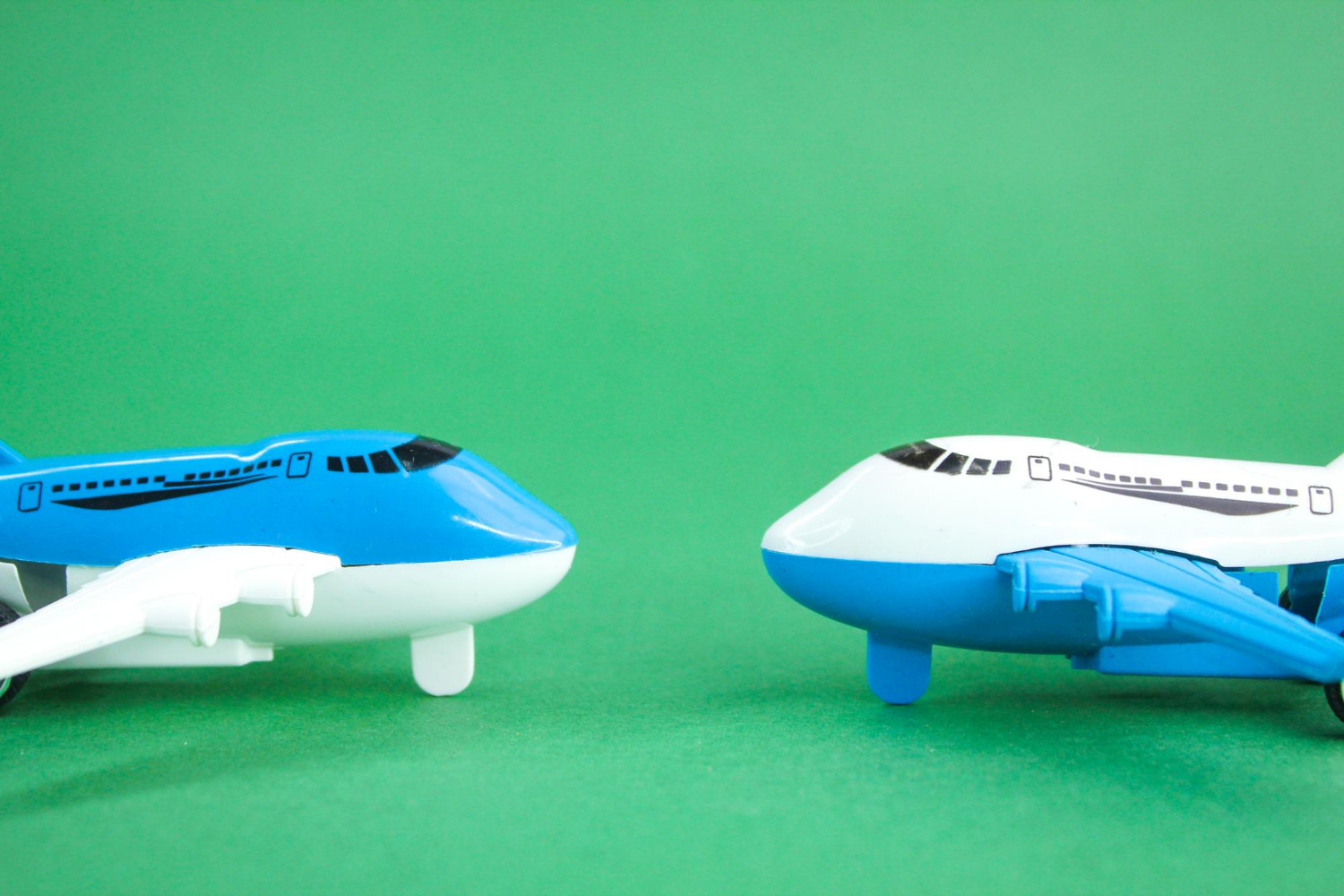
The debate over the better choice between Boeing and Airbus is a highly popular one in the aviation industry. There are two distinct philosophies behind how pilots operate the two brands of airplanes. Often, a question arises about which of the two is simpler for pilots to operate. The Boeing 737 and the Airbus A320 are, respectively, the two most widely sold jetliners ever made in the history of aviation. They have safely flown millions of hours. Let's explore the answer to the aforementioned question in this blog.
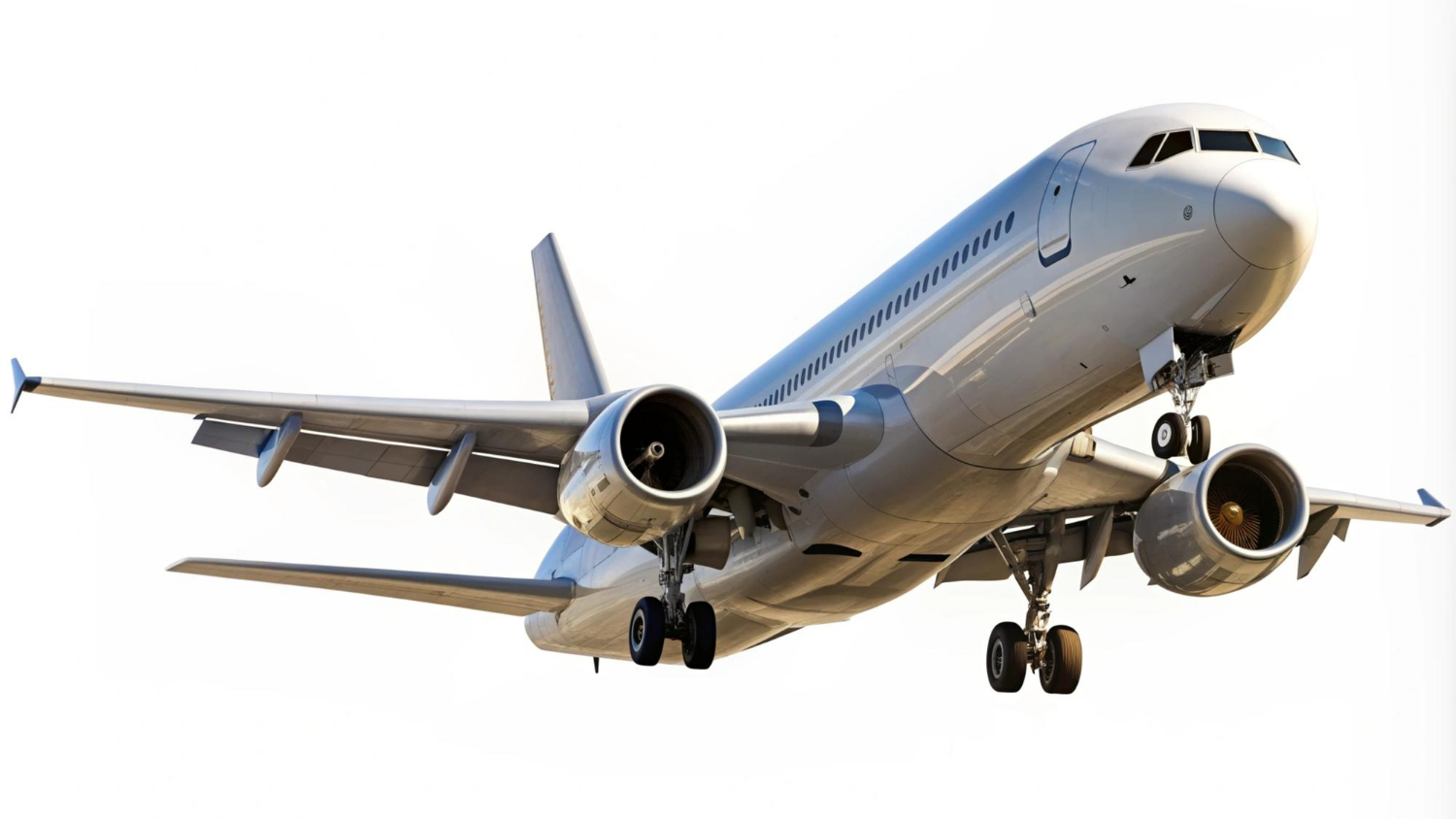
One of the most popular planes in the Airbus segment, the A320 was launched in 1984 and featured digital fly-by-wire control systems. It was groundbreaking at the time, featuring side sticks that replaced traditional yokes and widespread use of glass displays rather than mechanical dials and gauges on the flight deck. With the A320, Airbus is revolutionizing how pilots interact with and operate the aeroplane. Fly-by-wire means that pilots send their inputs to a computer, which then controls the movement of the control surfaces.
Airbus has incessantly updated the aircraft, and its state-of-the-art iteration is the A320neo, also acknowledged as the “New Engine Option,” featuring more fuel-efficient and quieter Pratt & Whitney or CFM International turbofans. Over 8,600 A320-family aircraft, as well as the A318 and A319 and A321, have been transported.
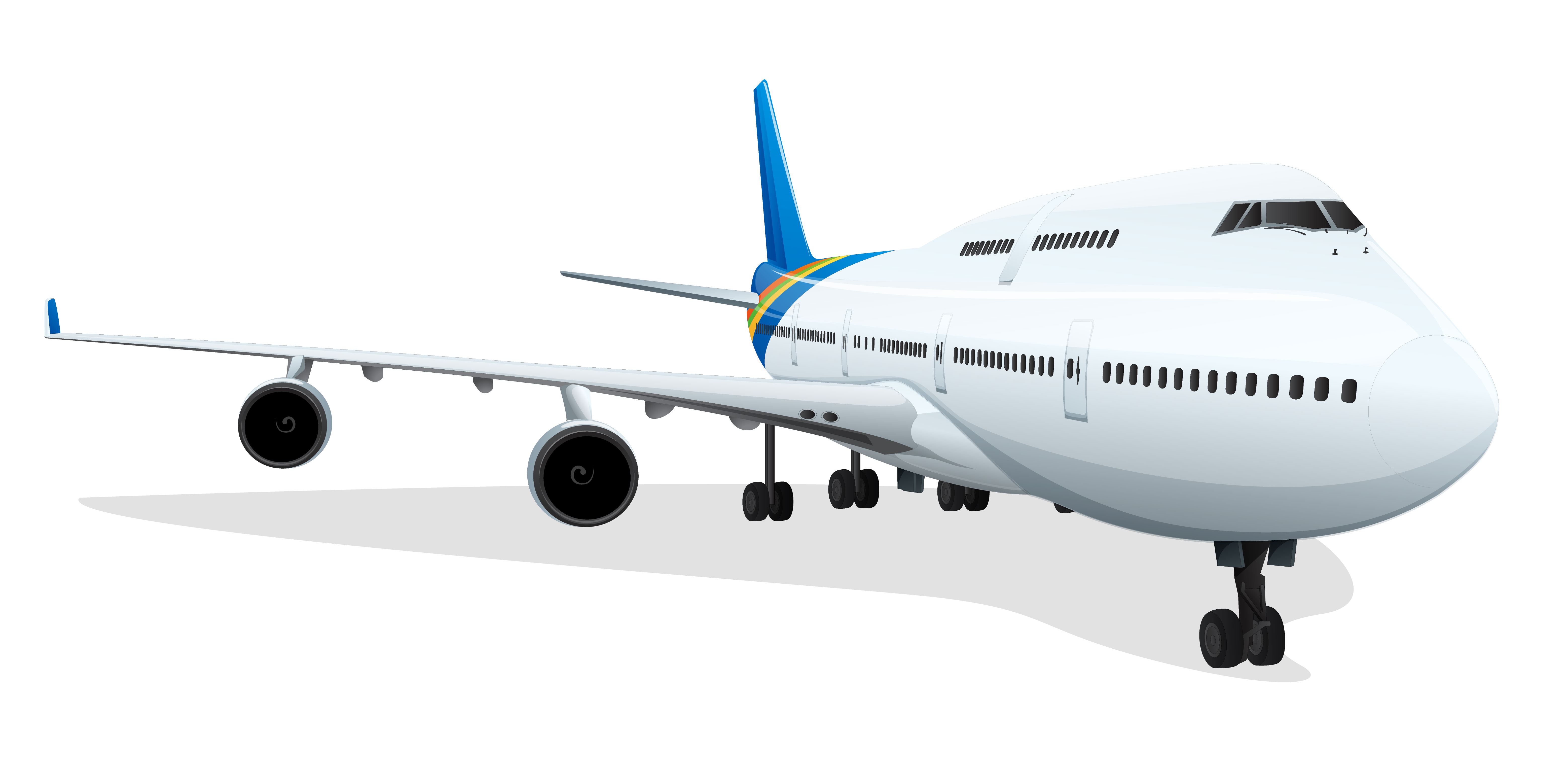
The Boeing 737 goes back more than five decades, with its first flight in 1967. It was a successor of 2 early Boeing planes, the 4-engine 707 and the 727 tri-jet. The 737’s cabin and flight deck width are still the same size as the original 707 that first served in the 1950s.
Boeing has also incessantly updated the 737. It has 4 different types of engines and 3 different wings throughout its life. Pilots have had 4 generations of cockpits, all of which have upheld some qualities of the original 1967 aeroplane.
More than 10,000 737s have been offered to airlines. The aircraft has undergone significant upgrades, culminating in the latest iteration, the 737 MAX series, which features state-of-the-art CFM International turbofans and distinctive winglets. They are so dissimilar that the first 737, the 100 model, was 94 feet long and had a maximum takeoff weight of 110,000 pounds; in contrast, the state-of-the-art MAX 10 is 144 feet long and can weigh 194,000 pounds.
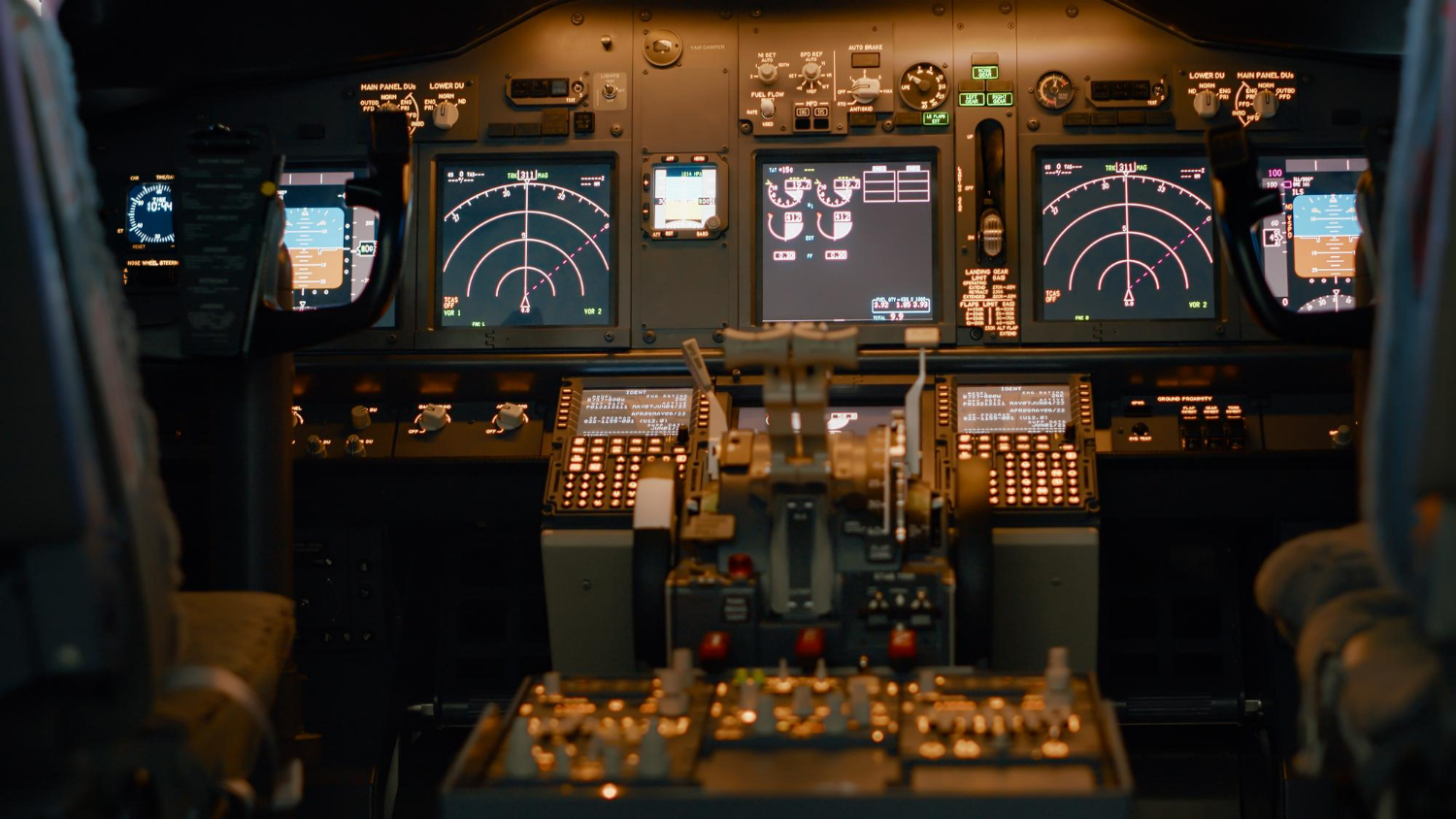
The cockpit design of Boeing emphasizes pilot control and manual override. The usage of a control yoke lets pilots have a tactile feel of the movement of the aircraft. Boeing's philosophy is "the pilot is the ultimate authority for the operation of the aeroplane," yielding pilots more direct control over the plane.
Airbus has a fly-by-wire system, where pilot inputs are translated into electrical signals controlling the aircraft's flight surfaces. This system comprises envelope protection, which prevents pilots from exceeding safe operational limits. Airbus's design reduces pilot workload through automation, making it more approachable for new pilots.

Boeing's Control Yoke
Boeing aircraft have a control yoke that pilots use to control the aircraft's pitch and roll. This system offers direct mechanical feedback, which some pilots find instinctive and reassuring.
Airbus's Side Stick
Airbus aircraft make use of a side stick control, a joystick-like device positioned beside the pilot. This design enables a more ergonomic seating position and provides an unobstructed view of the cockpit displays. The side stick is electronically linked to the aircraft's control surfaces, providing precise inputs with minimal physical effort.
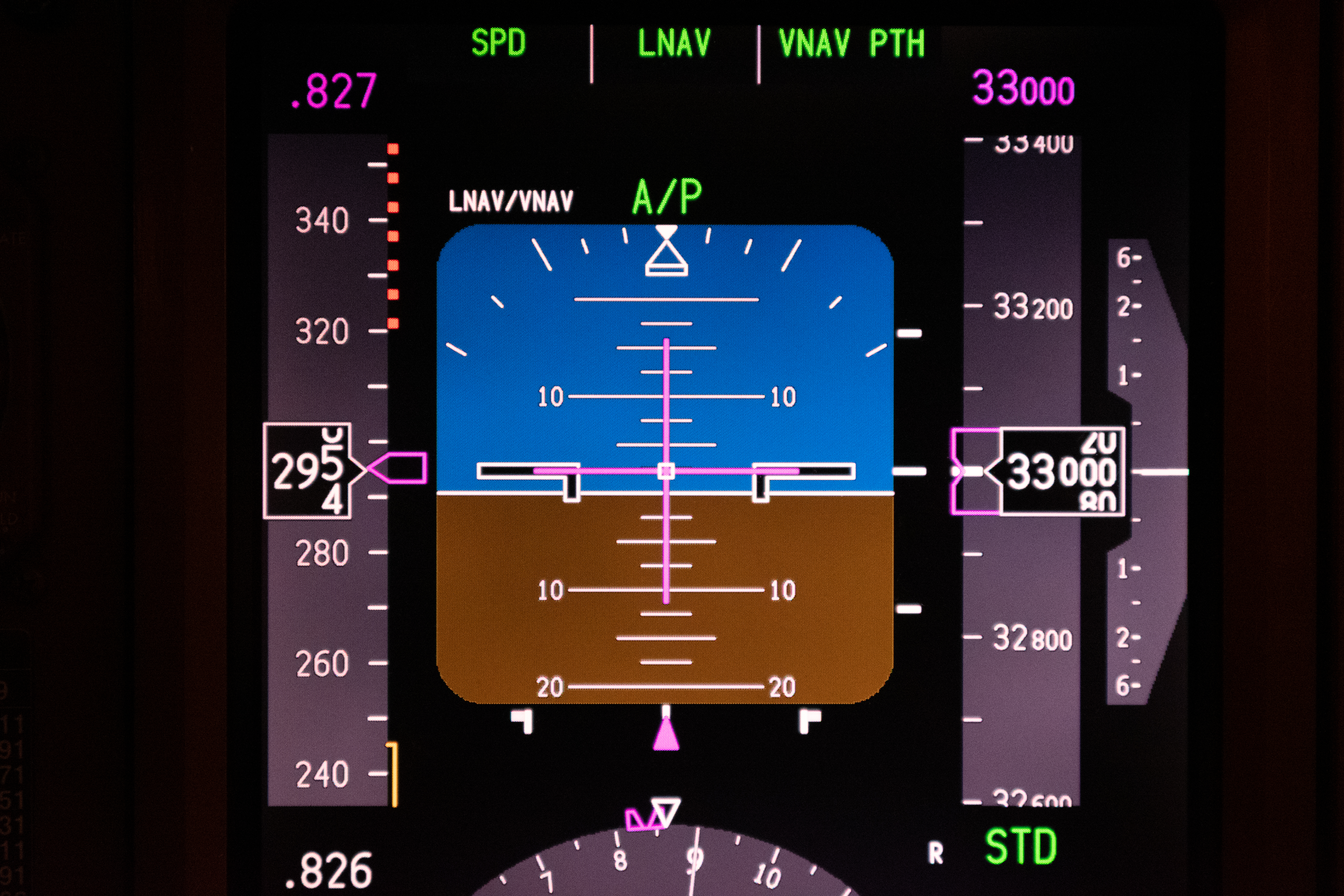
Boeing's Traditional Layout
Its cockpit layout is more traditional, with an emphasis on tactile controls and manual systems. The primary flight displays and navigation displays are decided in a manner that some pilots find straightforward. Although the layout can vary significantly among diverse Boeing models, pilots transitioning between aircraft may require supplementary training.
Airbus's Common Cockpit Design
This aircraft emphasizes commonality across its models, allowing pilots to transition between different Airbus aircraft with minimal retraining. The cockpit layout is standardized, featuring similar arrangements of controls, which improves understanding and decreases the learning curve for new pilots.

Training Costs
Training on an Airbus may be more cost-effective for new pilots due to the commonality across the A320 family. Airlines can train pilots on a specific model and then apply the same training to any other model within the same family, requiring negligible additional training. In contrast, Boeing's variable cockpit designs may require more extensive training for pilots transitioning between different models.
Aircraft Acquisition and Operating Costs
From the perspective of an airline, both Boeing and Airbus have competitive pricing and working costs. Though the choice between the two often hinges on fleet commonality, present contracts, and precise operational requirements. For new pilots, the choice of airplanes will determine which aircraft they train on and fly in reality.

Boeing and Airbus cockpits for new pilots cater to individual preferences, learning styles, and career goals.
Eventually, both manufacturers produce aircraft that are safe, dependable and widely used in the aviation sector. New pilots should consider their personal preferences, the airline's fleet, and existing training programs to make an informed decision about which cockpit is easier for them to operate.
To be able to pilot Airbus or Boeing, one should have a commercial pilot liscence, under their belt. Additionally, there is a need to enroll in an aviation academy for this purpose. Flapone Aviation is one such institute that helps aspiring pilots obtain a DGCA license and become a pilot in the true sense.
Connect with our aviation mentors to find the right path toward becoming a licensed aircraft pilot.